Reproduction of remontant raspberries, rules and secrets
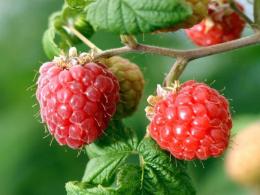
Main feature remontant raspberry is that it is very difficult to propagate using traditional methods, since it produces very few shoots. On the one hand, this is good, as it makes it easier to care for, but on the other hand, it creates problems, because propagation of remontant raspberries occurs due to root suckers.
Content:
- Features of remontant raspberries
- Varieties of remontant raspberries
- Raspberry selection
- Planting and caring for remontant raspberries
- Secrets of propagation of remontant raspberries
Features of remontant raspberries
Remontant variety Raspberries bear fruit on two-year-old and one-year-old shoots. It can be harvested twice a year. But a richer harvest is obtained when maintaining remontant raspberries in an annual crop. In such cases, the harvest is harvested in late summer or early autumn. The first harvest on two-year-old shoots weakens the entire raspberry bush, delaying the ripening of the second, more valuable harvest.
Remontant raspberries are more resistant to various diseases and pests. A wormy berry from it is very rare, because the pest lives with the growth and development phases of ordinary raspberries. Therefore, caring for it is much easier than regular one.
However, many gardeners consider the optimal solution to use remontant raspberries to obtain only one harvest. But with regular feeding and watering, you can achieve two full harvests.
Varieties of remontant raspberries
There are a lot of varieties of remontant raspberries; depending on the location, the most suitable varieties are chosen.
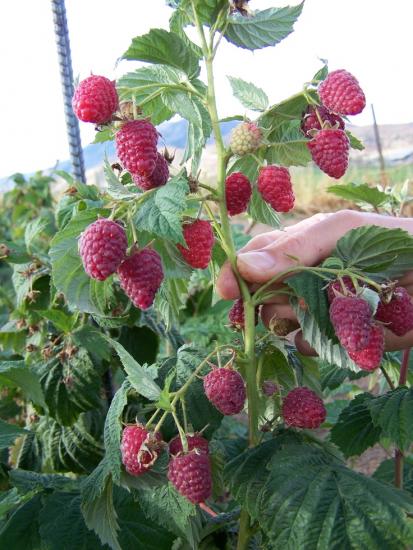
Popular varieties remontant raspberries:
Raspberry selection
When planning the purchase of remontant raspberries, the buyer must take into account the basic rules:
- It is better to purchase several mid-early and mid-late raspberry varieties to ensure a rich harvest. Regular raspberry varieties bear fruit only two years after planting, but remontant varieties produce a harvest in the first year - in June and September.
- Take into account the differences in raspberry varieties: the standard one produces replacement sprouts and its two-year-old shoots bear fruit, but the remontant one can only gain its height and prepare for late flowering.
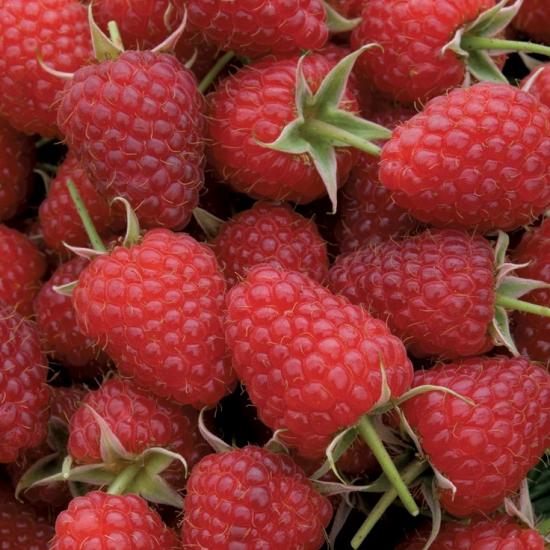
In recent years it has been gaining popularity standard raspberry, attracting summer residents with its strong stems that do not bend under the weight of the berries.
Planting and caring for remontant raspberries
It is equally important to plant remontant raspberries correctly, with plans for their further propagation. Then you need to maintain a minimum distance between bushes - from 0.7 m, and between rows - more than 1.5 m. Raspberries will grow well in sunny and warm places, as for the soil - maybe on any soil, but a mixture of humus, superphosphate, etc. humus and potash fertilizer.
Caring for it is quite simple - just water it abundantly and prevent weeds from growing. Provide fertilizing twice per season - at the beginning of spring and flowering. Loosen the soil shallowly, without affecting the root system of the plant, and then mulch.
It is important to ensure that 1 raspberry bush contains no more than 5-7 shoots intended for harvest.It is recommended to cut off the excess ones at the end of spring and use them as new planting material.
Secrets of propagation of remontant raspberries
With some simple agrotechnical techniques You can speed up the propagation of a remontant raspberry variety. To do this, in early spring or autumn, two to three years after planting the raspberry seedling, you need to carefully remove a part of the bush in the center, with a diameter of 0.1-0.2 m, then the next season new shoots will grow from its roots. There will be about two dozen of them, but nevertheless they are excellent planting material.
You can also propagate remontant raspberries by green cuttings, which are harvested in late spring from above-ground annual shoots, but some of them should have grown underground. This zone is called bleached or etiolated.
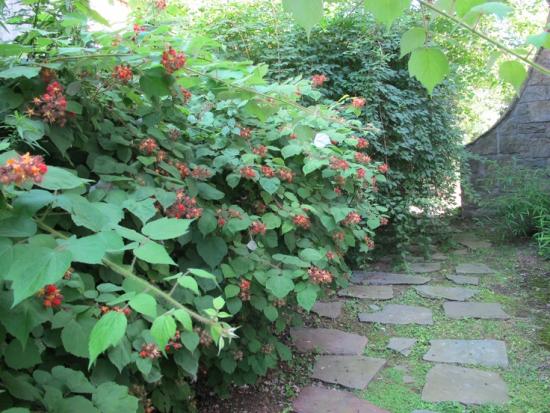
Green cuttings have good nutrient reserves and good growth qualities. The operation of harvesting and rooting them is carried out several times, depending on the formation of buds on the roots and the period of their awakening (from late spring to early summer).
The best results are obtained with spring cuttings, because the very first green cuttings grow from large buds, which means they are better provided with the necessary substances.
Shoots with a small above-ground part (3-5 cm) are considered optimal for use as green cuttings at a time when they are not yet growing, but a rosette of leaves has already formed. Shoots with a higher above-ground part take root worse because they have already begun to grow. Overgrown offspring are not suitable for reproduction; they do not take root well even in greenhouse conditions.
The cuttings needed for propagation are carefully cut at a shallow depth and removed along with the ground.Sprinkle the cut with charcoal before planting; do not put cuttings in water for rooting. It should be planted in well-moistened and oxygen-permeable soil. After 2 weeks, the cuttings will give roots, but it is recommended to replant them no earlier than a month after successful rooting.

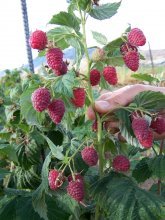
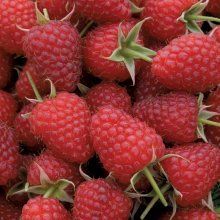
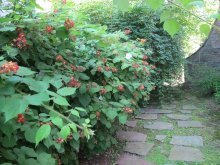
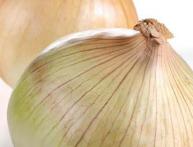
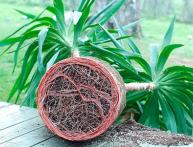
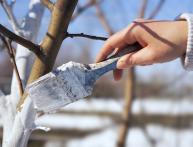
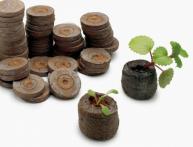
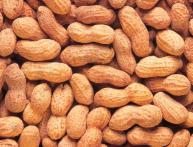
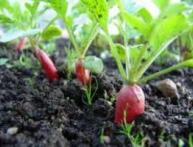

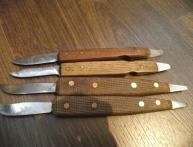
Comments
We have also recently been planting remontant raspberries, they are larger and produce a later and more abundant harvest. I agree that it is quite easy to care for, but we have not tried to propagate it yet; that remains to be done.
To be honest, I have never planted raspberries. But my grandmother had a lot of raspberry bushes, and I wouldn’t say that they were so easy to care for. Just try it, walk between the bushes, pull up the weeds... You will be tormented and all torn up
I just love raspberries, so we have many different varieties planted at our dacha. And last year we also planted remontant raspberries. I must say that this raspberry differs from other types in both size and yield. And most importantly, remontant raspberries do not require special care.
We also just planted, we haven’t even tasted our harvest yet. We tried someone else's, very tasty berries, large and juicy. They are also easier to collect than older varieties. We’re not thinking about breeding yet, that’s for next year.
Does it produce a harvest in the first year of planting?